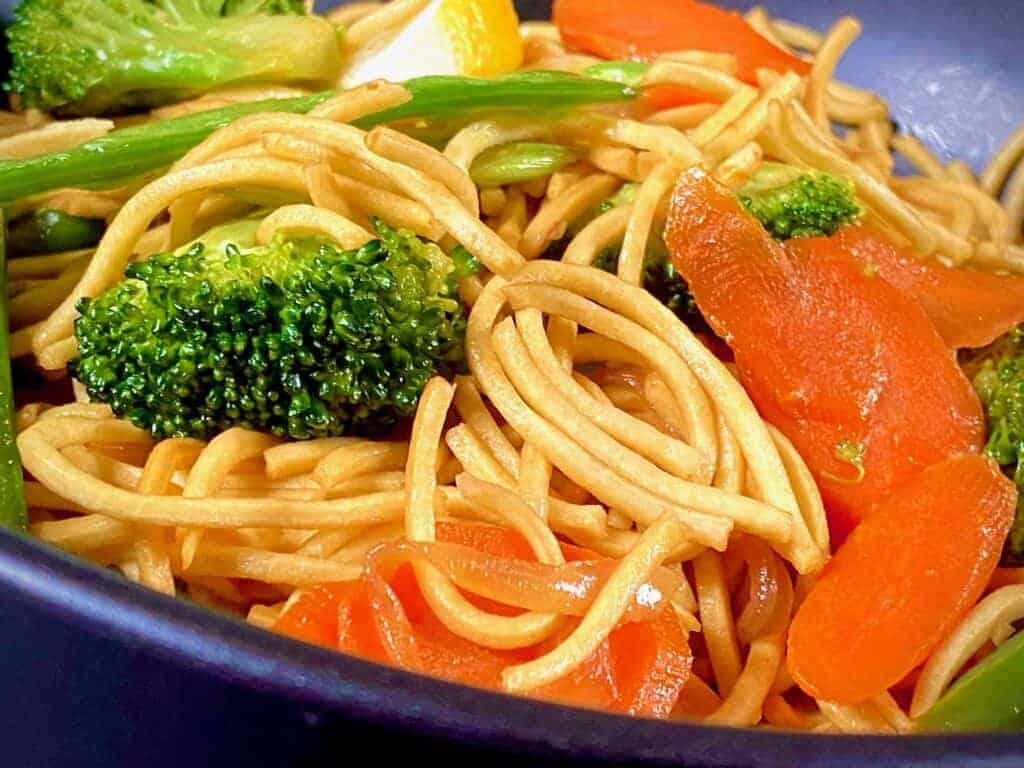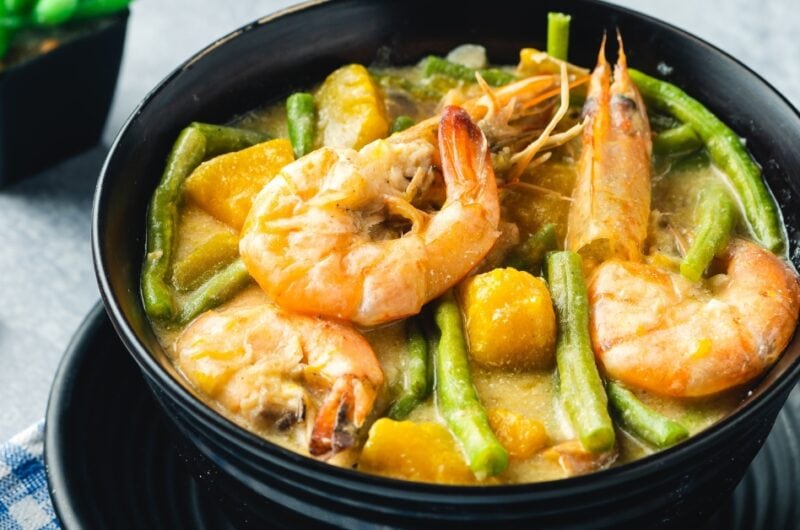From Rice Dishes to Snacks: The Ultimate Filipino Food Recipes.
From Rice Dishes to Snacks: The Ultimate Filipino Food Recipes.
Blog Article
Enjoy Conventional Filipino Flavors With Easy-To-Follow Recipes
Discovering conventional Filipino food uses a special possibility to involve with a rich tapestry of tastes and social stories. Each dish, from the legendary adobo to the lively sinigang, informs a tale that shows the Philippines' diverse cooking heritage. By embracing easy-to-follow dishes, anybody can recreate these precious meals in your home, promoting links with friends and family through shared experiences. Comprehending the crucial components and techniques is crucial for attaining genuine preference. As we discover these culinary customs, one may wonder how to finest bring the heat of Filipino friendliness to their own table.

Introduction of Filipino Cuisine
Discovering the dynamic tapestry of Filipino cuisine reveals a rich cultural heritage influenced by numerous historic and geographical variables. The Philippines, an archipelago of over 7,000 islands, boasts a diverse variety of tastes and food preparation methods. The country's cooking landscape is shaped by indigenous practices and the impacts of emigration, trade, and migration. Consequently, Filipino cuisine is a distinct mix of Malay, Spanish, Chinese, and American components.
Rice works as the keystone of Filipino dishes, typically accompanied by a selection of veggies, meats, and fish and shellfish. Using vibrant flavors is a hallmark of the food, with ingredients such as garlic, onions, ginger, and soy sauce playing crucial functions. The focus on communal dining reflects the Filipino society of friendliness and family connections.
Street food likewise plays a substantial function in the culinary scene, showcasing neighborhood components and innovative cooking techniques. As the Philippines proceeds to welcome globalization, the blend of traditional and modern impacts can be seen in contemporary Filipino recipes, further enhancing its cooking identification. Filipino food recipes. Generally, Filipino cuisine is a testament to the country's history, culture, and dynamic spirit
Must-Try Conventional Dishes
Filipino food is finest experienced through its traditional recipes, each providing a distinct understanding right into the country's varied cooking heritage. Among the must-try dishes is Adobo, a full-flavored stew typically made with chicken or pork, marinaded in vinegar, soy sauce, and garlic before being slow-cooked to excellence. Its rich and tangy flavor profile represents the heart of Filipino home cooking.
One more legendary meal is Sinigang, a sour soup often prepared with tamarind, tomatoes, and various veggies. This recipe can include pork, shrimp, or fish, and is cherished for its revitalizing preference and warming up top qualities.
Lechon, an entire roasted pig, is a focal point at Filipino events, understood for its crunchy skin and tender meat. It personifies the cheery spirit of Filipino gatherings.
For those craving something wonderful, Halo-Halo is a delightful dessert incorporating crushed ice, sweetened fruits, jellies, and topped with leche flan and purple yam.
Each of these traditional dishes encapsulates the essence of Filipino culture, inviting any person to enjoy the vivid tastes and abundant background that define the archipelago's culinary landscape.
Step-by-Step Recipes
Cooking genuine Filipino meals in the house can be an enhancing experience that brings the lively tastes of the Philippines right into your cooking area. With a plethora of Your Domain Name traditional recipes to select from, utilizing step-by-step dishes enables both beginner and experienced chefs to grasp the strategies and flavors indispensable to Filipino cuisine.
Begin by picking a recipe that intrigues you, such as adobo, sinigang, or lumpia. Each dish often includes a thorough active ingredient list complied with by clear instructions, leading you via the food preparation process. Beginning with preparation, which may involve marinating healthy proteins, chopping vegetables, or measuring seasonings. This foundational action ensures a smooth food preparation experience.
As you advance, pay attention to cooking strategies unique to Filipino food, such as sautéing (ginisa) or stewing (nilaga) These methods can significantly boost the deepness of flavor in your recipes. Moreover, timing is critical; follow the suggested food preparation times to achieve the ideal texture and preference.
Vital Ingredients and Tips
Regularly, the key to mastering Filipino food exists in understanding and utilizing vital ingredients that define its distinctive flavors. Central to several recipes are staples like soy sauce, vinegar, garlic, and ginger, which add to the unique balance of tasty, sour, and wonderful notes. Soy sauce offers as a base for sauces and sauces, while vinegar, specifically walking cane vinegar or coconut vinegar, gives a zesty brightness that is critical in meals like adobo.
Rice is a vital part of Filipino blog here dishes, frequently offered along with main dishes to soak up savory sauces. For a touch of authenticity, select jasmine or long-grain rice. Furthermore, utilizing fresh fruit and vegetables such as tomatoes, eco-friendly beans, and eggplants improves the meal's vibrancy and dietary worth.
Do not overlook the relevance of natural herbs and flavors, such as bay leaves, lemongrass, and chili peppers, which raise the flavor account. When food preparation, bear in mind that perseverance is essential-- enabling components to blend together results in richer flavors. Finally, welcome the technique of tasting as you go; this will allow you to readjust spices and accomplish the check my source excellent equilibrium that identifies Filipino food.
Serving and Delighting In Filipino Dishes
Recognizing the nuances of Filipino cuisine prolongs past prep work and active ingredients; it incorporates the way meals are offered and taken pleasure in. The Filipino dining experience is defined by public sharing, advertising a sense of togetherness and event. Typically, recipes are offered in huge portions, permitting diners to take part in a range of flavors.
Rice, a staple in Filipino meals, is usually functioned as the structure upon which the other recipes rest. Coming with viands, such as adobo, sinigang, or lechon, are put in the facility of the table, welcoming visitors to offer themselves. Filipino food recipes. This technique not just cultivates a relaxed atmosphere yet additionally encourages conversations and links among diners

Conclusion
Finally, conventional Filipino cuisine provides a rich tapestry of flavors and cultural relevance, inviting expedition via its varied meals. The easy-to-follow recipes offered facilitate the prep work of iconic dishes, promoting a deeper recognition for the active ingredients and methods entailed. Emphasizing communal eating, these cooking methods reinforce household ties and promote the heat of Filipino friendliness. Engaging with this vivid cuisine not just enriches the dining experience but likewise protects and commemorates the heritage of the Filipino people.
Report this page